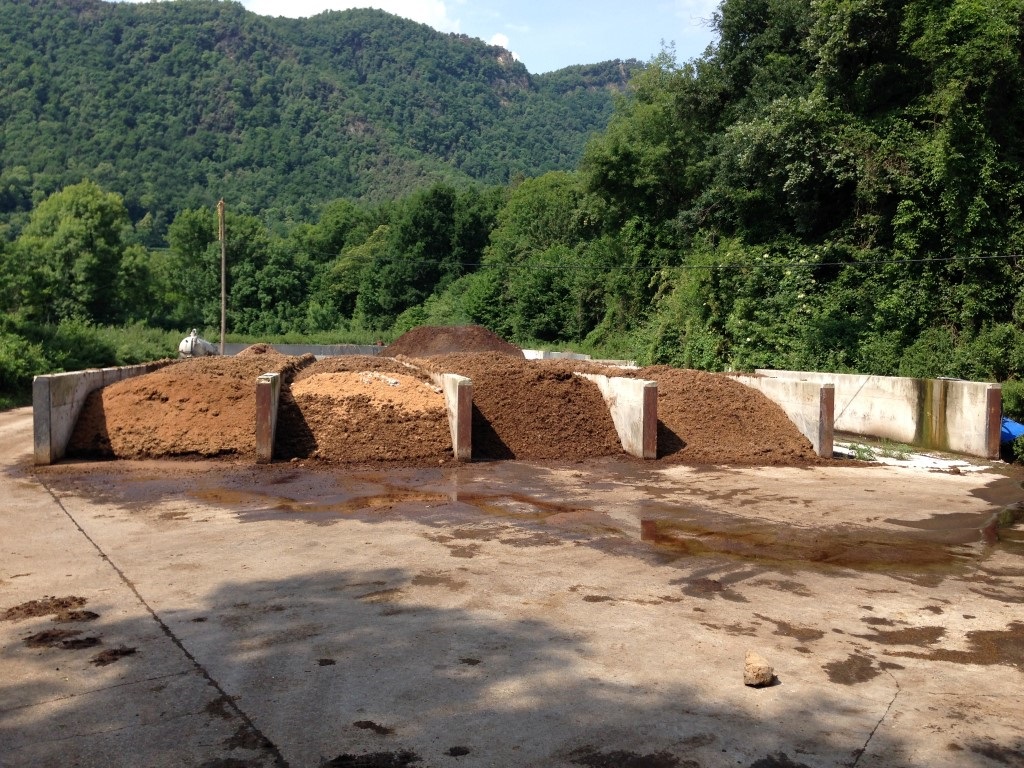|
SMARTech n: |
Downstream SMARTech B |
|
Objectives: |
Valorisation of sludge and other sub-products generated in mainstream wastewater plants of the project developing optimized technologies for composting and biodrying of low porosity materials. |
|
Challenges: |
Optimizing the efficiency of the composting process of sludge (low porosity/high density wastes) to obtain high-quality compost (according the Fertilizer Directive Regulation (EC) No 2003/2003) requires the identification and availability of an adequate bulking agent. The process efficiency optimization depends also of an advanced airflow control system to guarantee aerobic adequate process conditions and the energy requirements. Biodrying process of sludge and other low porosity wastes is not widely applied due to their energy requirements. The development of an efficient technology will allow transforming these wastes to achieve valuable biomass fuel. |
|
Integration within WWTP: |
Material valorization of organic solid wastes generated in purge of the bioreactors of the WWTP and recycling other solid materials generated with high-nutrient content. Downstream SMARTech. B will be implemented at Manresa WWTP. |
|
Key enabling process(es): |
Biotechnology. Airflow control system. |
|
SMART-product(s):
|
High-quality compost was be produced through the composting of P-sludge mixed, with high-nutrient mesolites content that will be the bulking agent. Cellulosic sludge was be transformed in a biomass fuel under an optimized and efficient biodrying process. |
|
Partners involved: |
1. Cirtec BV (SMARTech 1) 2. Crandfield University – CU (SMARTech 3) 3. Università degli Studi di Verona - UNIVR (SMARTech 4a) |
DESCRIPTION:
The Downstream SMARTech B was testing and optimized two different biological treatments: (i) composting of nutrient-rich sludge together with zeolites, and (ii) biodrying of cellulosic sludge. Two pilot scale reactors were designed, build, started-up and validated to test and to optimize both processes. Minerals content of zeolites were used as additives in the composting process in order to improve the air-filled porosity of the material and the final properties of the compost according to the European Legislation (European Ecolabel to growing media (COM Decision (EC) 64/2007), Fertilizer Regulation (EC) No 2003/2003 and Soil Improvers (COM Decision (EC) 799/2006)). Biodrying of cellulosic sludge was undertaken to produce a high-quality biomass fuel under low energy requirements to obtain a final product with high calorimetric potential.
IMPACT:
The application of efficiency technologies of biodrying and composting to treat the sludge generated in WWTP permits to close the cycle of matter and to incorporate the circular economy concept in these facilities, providing the most appropriate system according to the local necessities.
These Downstream SmarTech allows to obtain high-category compost (at least, Rottegrade IV or maximum DRI 25 mmol O2·kg-1organic matter·h-1). Biodried cellulosic sludge achieved Lower Calorific Values higher than 4,700 cal·g-1




